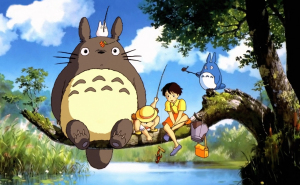Psychedelic Rock’s Rise: A Chapter in Free Sheet Music History
Previously, we explored the influence of the hippie movement on rock music. From the late '60s to early '70s, the genre began branching out, much like a growing tree. Yet as it expanded, it also became tangled with drug culture. Psychedelics entered both the lives and music of young artists. What started as exploration soon gave way to chaos—a confusion mirrored in the era’s most experimental sound: psychedelic rock music.
World of Pain
The hippie youth embraced extremes to defy traditional values, and drugs flourished in this rebellion. By 1969, surveys reported one-third of students at 57 U.S. universities had used drugs. Utopian communes like Layton became havens for hallucinogens. Musicians influenced by this wave began integrating distortion, mysticism, and Middle Eastern elements into their work, birthing psychedelic rock music—a genre that redefined boundaries and sound.
From the mid-1960s, Beat Generation youth popularized parties where loud rock music, mind-altering visuals, and drugs collided. Strange and unpredictable melodies were believed to amplify hallucinations. Even UK icons like The Beatles and rock music composer Bob Dylan began experimenting with psychedelics.
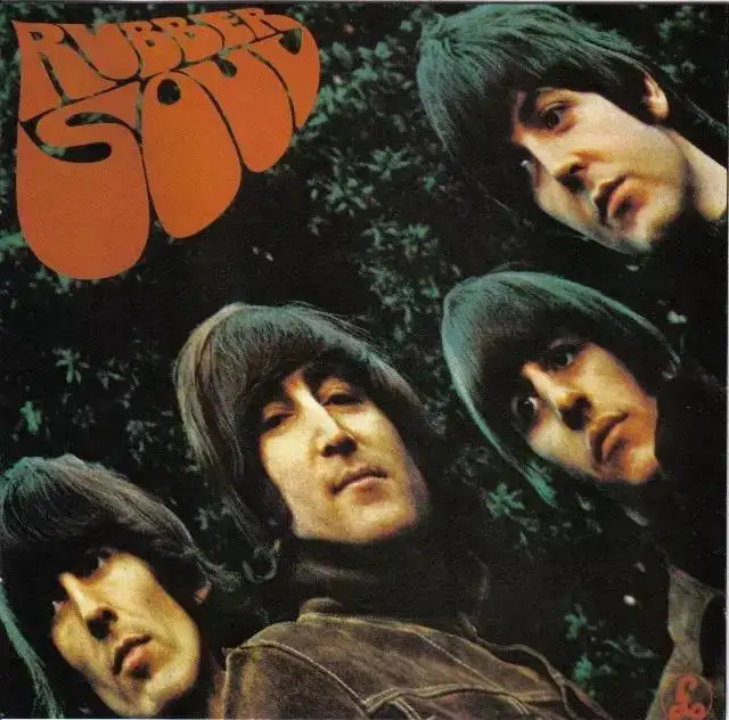
In 1965, The Beatles’ album Rubber Soul featured early psychedelic elements. Lennon later dubbed it their “pot album,” shaped by marijuana’s disorienting influence. Songs like “Norwegian Wood” and “Day Tripper” reflected this shift in tone and technique.
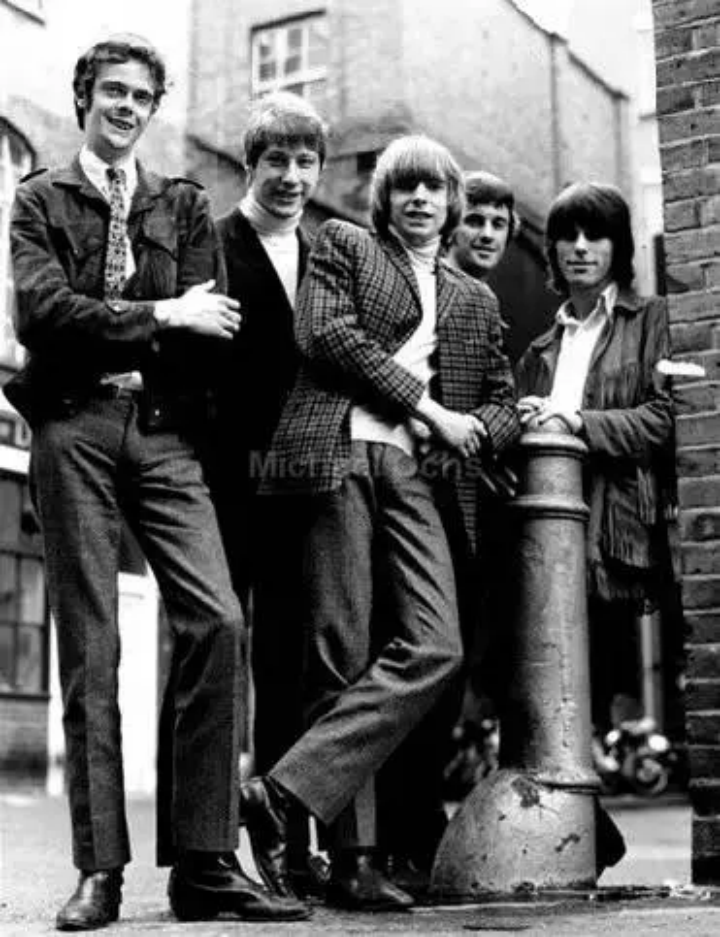
From 1965–1966, new bands emerged: The Grateful Dead, Jefferson Airplane, Country Joe and the Fish. Psychedelia swept into folk, jazz, and even pop. In 1966, The Yardbirds dropped “Shapes of Things” while The Byrds released “Eight Miles High”—landmark psychedelic tracks. The 13th Floor Elevators launched “You’re Gonna Miss Me,” adding to the genre’s early momentum. These bands became pioneers of famous rock music, pushing creative limits.
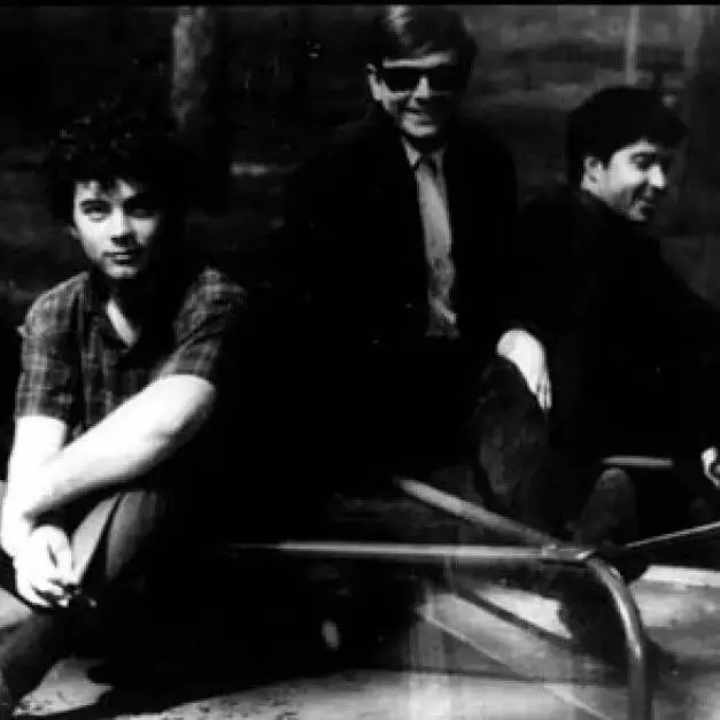
Roller Coaster
In June 1966, Frank Zappa’s Freak Out! introduced the concept album, created while sober, challenging the link between drugs and creativity. Meanwhile, Jimi Hendrix arrived in the UK and stunned audiences with “Hey Joe.” The Elevators’ debut album followed, solidifying psychedelic rock’s identity.
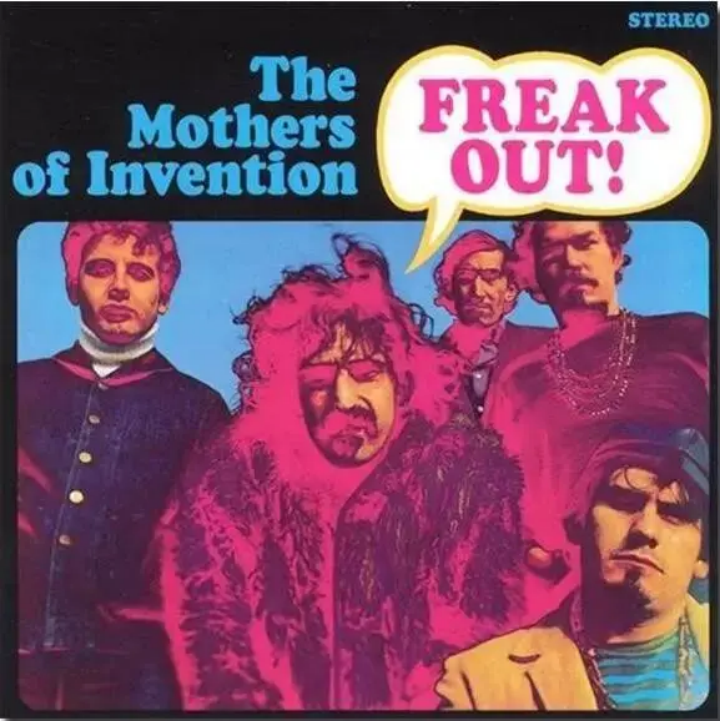
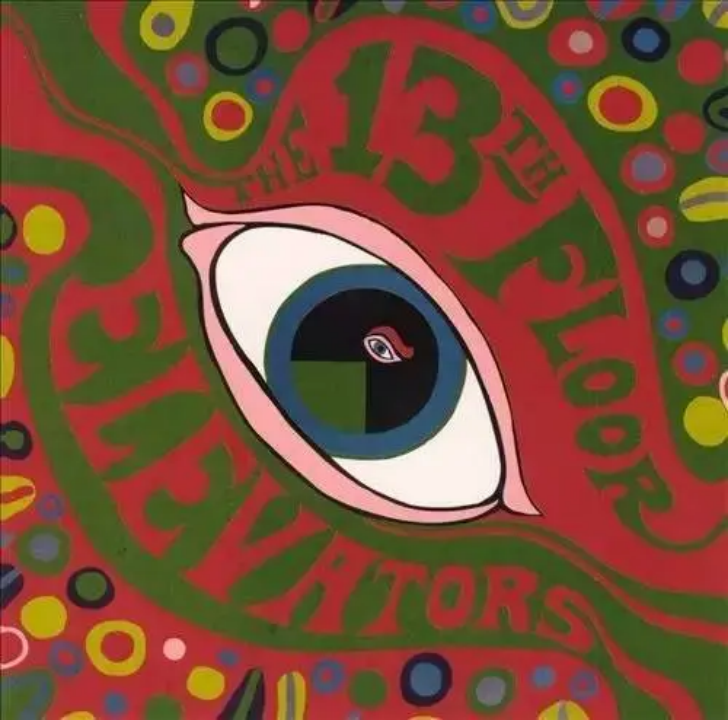
San Francisco
1967 marked the “Summer of Love.” Timothy Leary’s mantra, “Turn On, Tune In, Drop Out,” inspired youth across the nation. San Francisco became the heart of the movement, where speeches, sitars, and rock music merged. The Doors debuted with their electric organ-driven album, while The Beatles unveiled “Strawberry Fields Forever” and “Penny Lane.” Jefferson Airplane's Surrealistic Pillow cemented their place in famous rock music history.
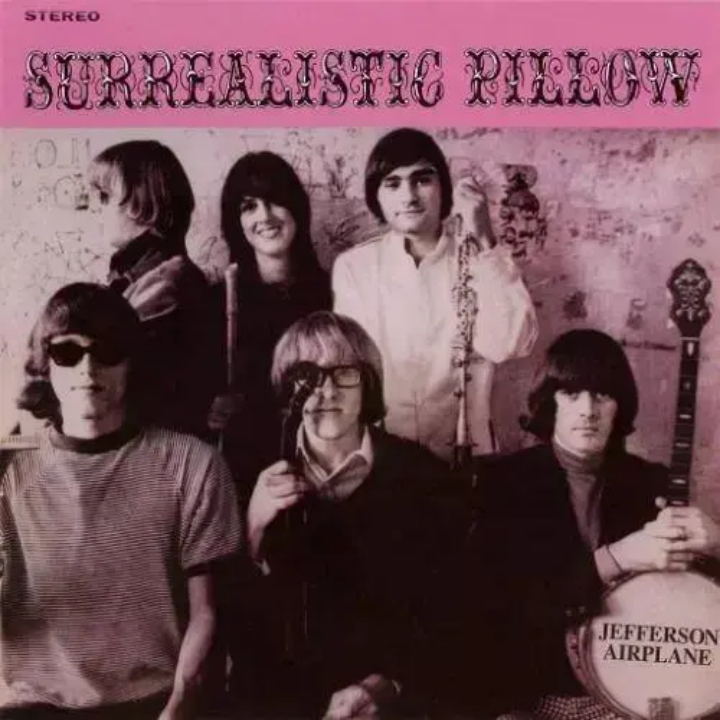
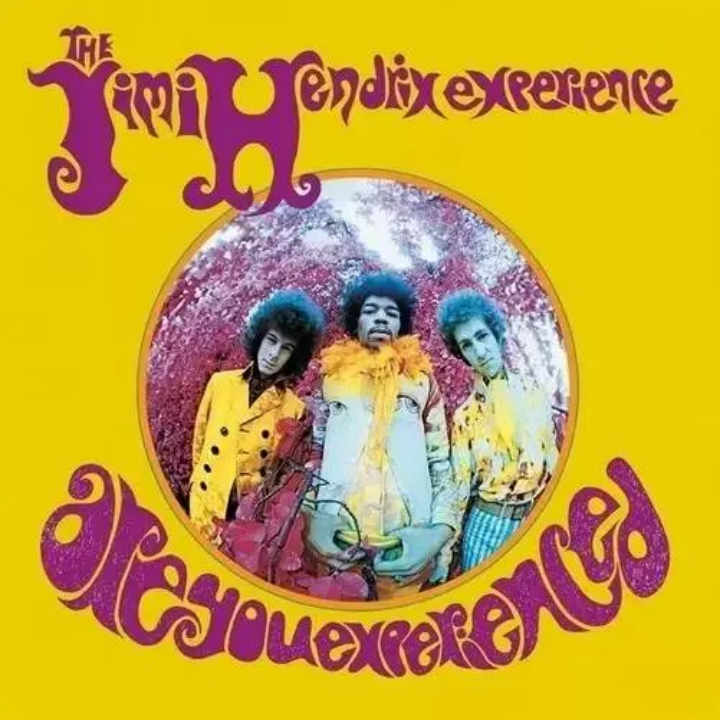
Interstellar Overdrive
In June, Monterey Pop Festival hosted The Who, The Byrds, Janis Joplin, and more. Jimi Hendrix's explosive set stunned the crowd. That same month, The Beatles released Sgt. Pepper’s Lonely Hearts Club Band, revolutionizing rock music with a theatrical flair. By August, Pink Floyd’s debut album burst onto the scene—led by the eccentric genius Syd Barrett.
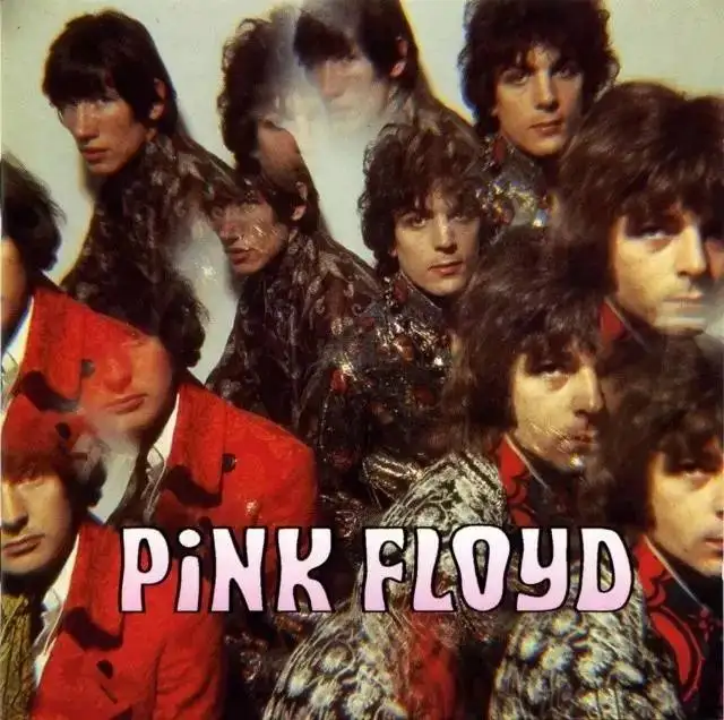
Though The Beatles embraced the hippie ethos, the death of manager Brian Epstein in August 1967 triggered instability. They sought solace in India while the psychedelic wave surged forward.
People Are Strange
In fall 1967, The Doors released Strange Days, featuring the haunting “People Are Strange.” Jefferson Airplane’s After Bathing at Baxter’s, Cream’s Disraeli Gears, and Hendrix’s Axis: Bold as Love followed. Country Joe’s anti-war anthem capped the year. While the “Summer of Love” ended in October, the sounds of psychedelic rock continued evolving.
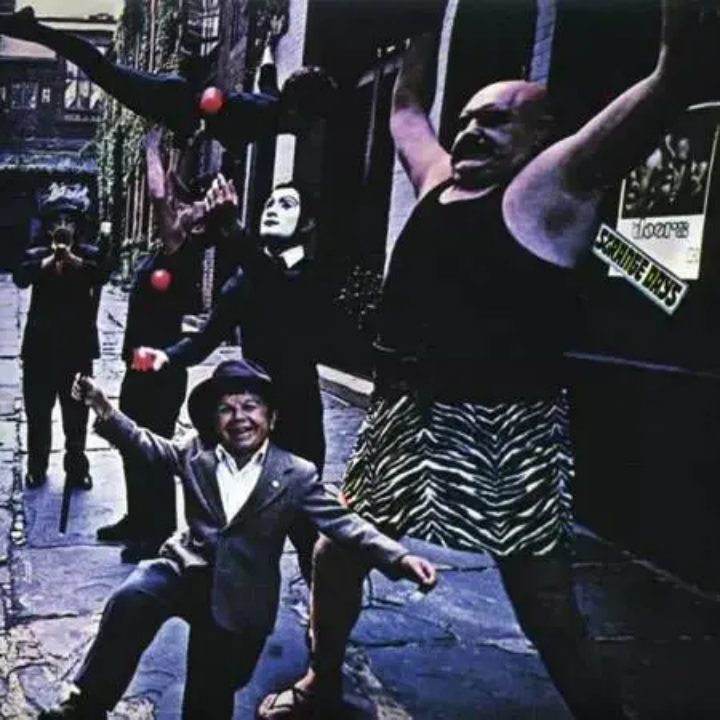
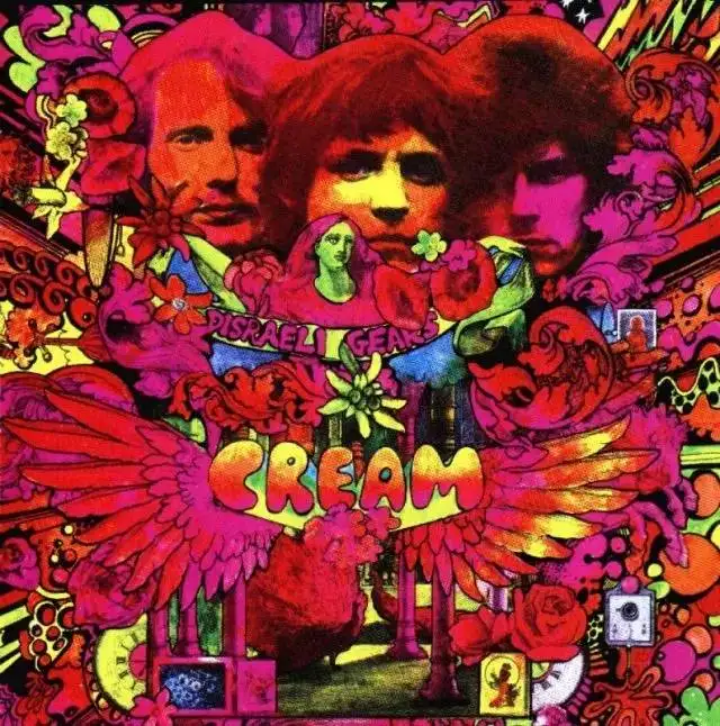
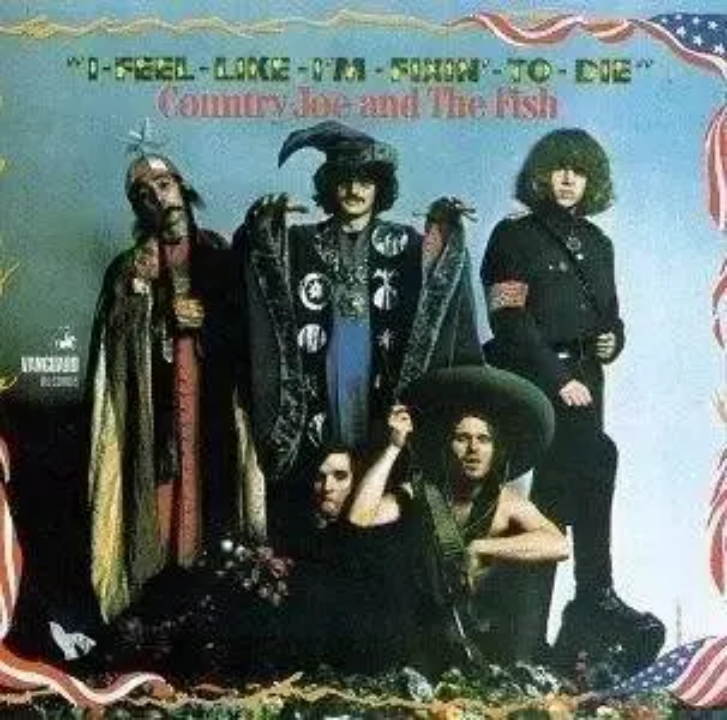
In 1968, The Beatles’ White Album featured “Hey Jude,” but internal discord grew. Only half the tracks had full band participation. Meanwhile, albums like Ogden’s Nut Gone Flake, Electric Ladyland, Waiting for the Sun, and Anthem of the Sun highlighted the genre’s peak. Blue Cheer’s “Summertime Blues” showcased a heavier direction—hinting at future heavy metal trends.
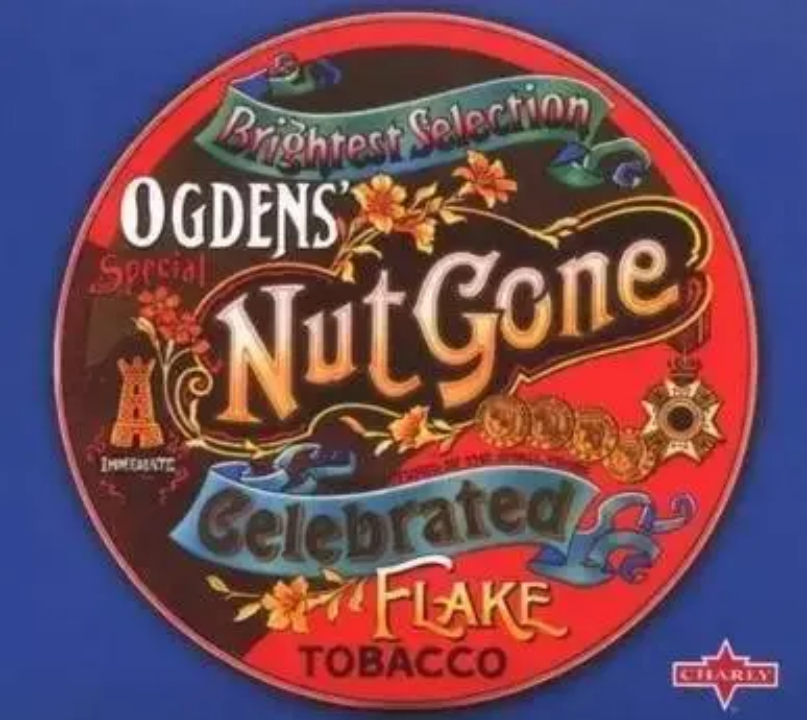
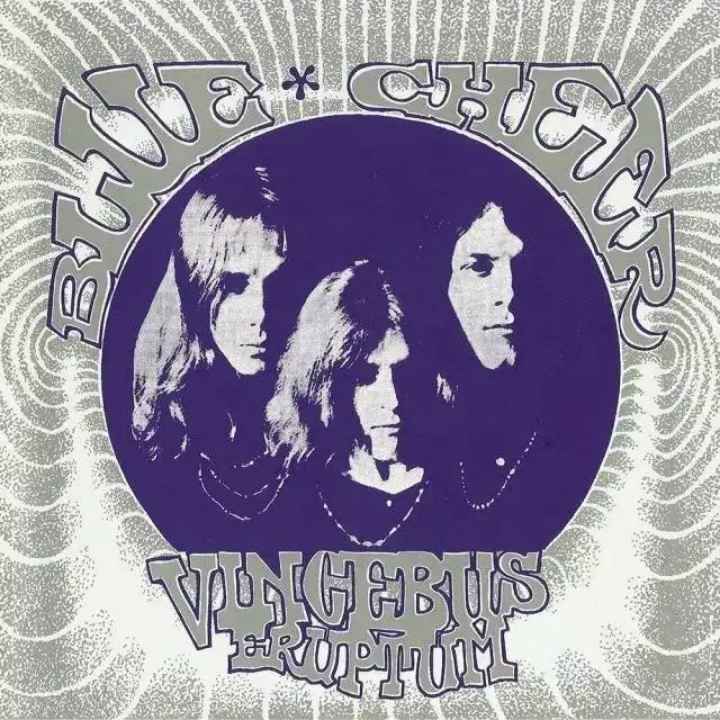
As styles fragmented, some bands embraced avant-garde, others turned to heavier or folk-based rock music. This era saw iconic breakups: Jeff Beck left The Yardbirds, Jimmy Page formed Led Zeppelin, Hendrix’s group disbanded, and Cream split in late 1968.
Dark Star
In August 1969, Woodstock became the ultimate hippie celebration. Despite rain and mud, fans immersed themselves in peace, music, and mind-altering experiences. Acts like Jefferson Airplane, The Grateful Dead, and Country Joe united the crowd under the banner of famous rock music.
The Beatles' internal strife deepened in 1969. They recorded Let It Be and released Abbey Road, their final album as a band. The Grateful Dead dropped Live/Dead, and Jefferson Airplane released Volunteers, though signs of genre fatigue were emerging.
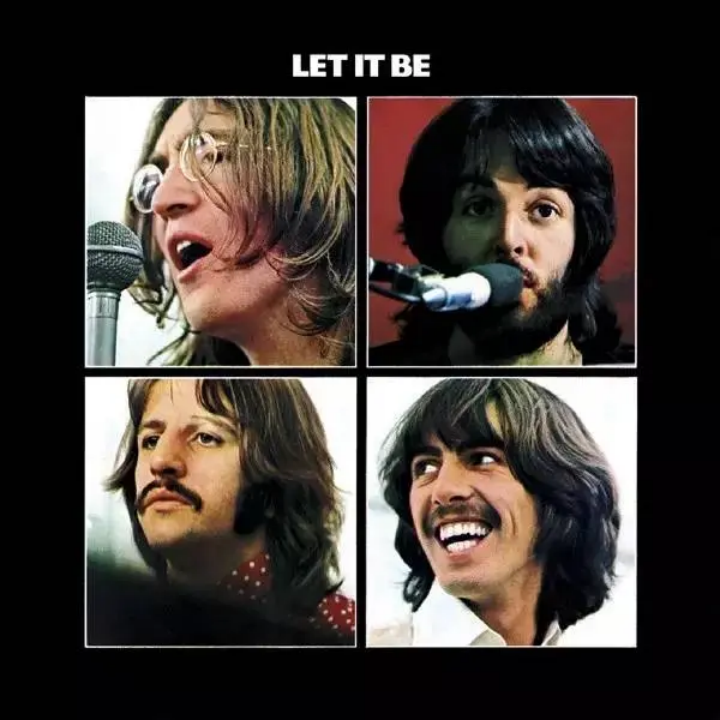
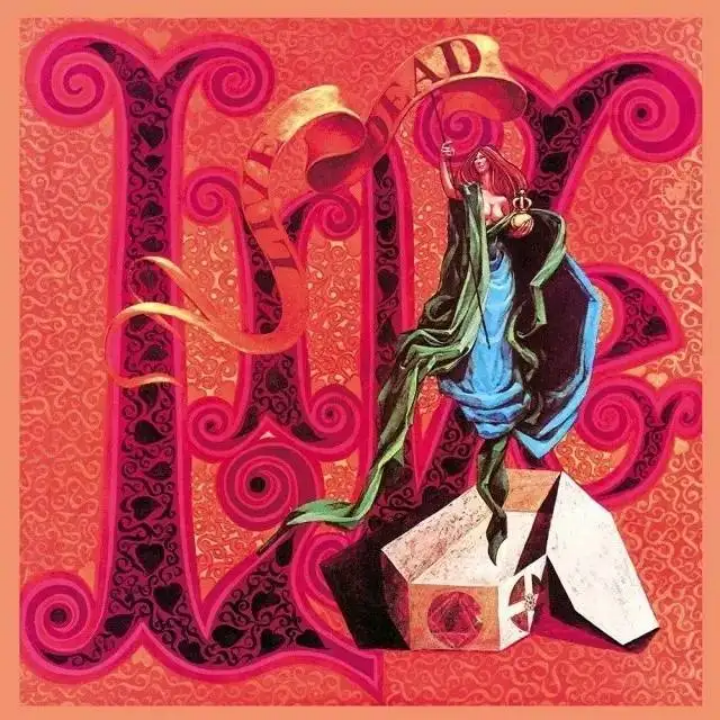
The psychedelic era ended as quickly as it began. Hendrix died in 1970 from drug overdose, followed by Janis Joplin later that year. The Beatles disbanded by legal action in 1971. Jim Morrison’s death on July 3, 1971, signaled the end of The Doors.
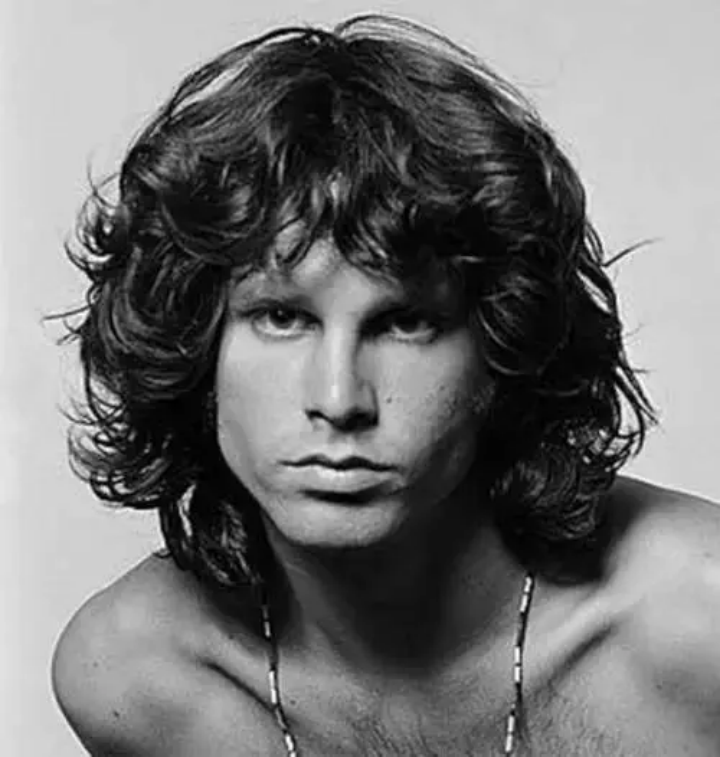
Psychedelic rock music exploded with color, but also crumbled under its own chaos. Musicians became trapped in illusions they once sang about. While rock music composers like The Beatles, The Byrds, and Hendrix elevated the genre, they also bore its heaviest costs. Despite the darkness, this period left behind a profound legacy and inspired generations of musicians who continue to explore the limits of sound, spirit, and reality.
Curious about the wildest era in rock music history? Dive into the world of psychedelic rock at SheetMusicGo, where you’ll find iconic scores by Hendrix, The Doors, and more. Whether you're learning "Little Wing" or experimenting with fuzz pedal-inspired riffs, our library of free sheet music offers a gateway into the surreal soundscapes of the '60s and '70s. Explore now and experience the magic of famous rock music—all for free.
FAQs
1. Where can I download psychedelic rock piano sheet music for free?
You can explore a wide collection of free sheet music from the psychedelic era—including works by Pink Floyd, The Doors, and more—on SheetMusicGo.
2. What makes psychedelic rock different from other genres of rock music?
It blends surreal, experimental sounds with spiritual and drug-influenced themes, making it one of the most unique branches of rock music.
3. Who are the most influential psychedelic rock music composers?
Key rock music composers include Jimi Hendrix, Syd Barrett (Pink Floyd), and members of The Beatles, all of whom shaped the sound and philosophy of famous rock music in this era.



